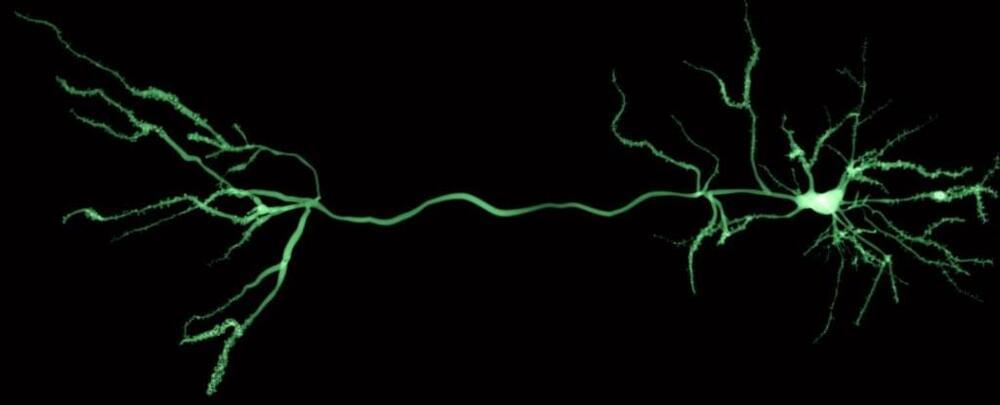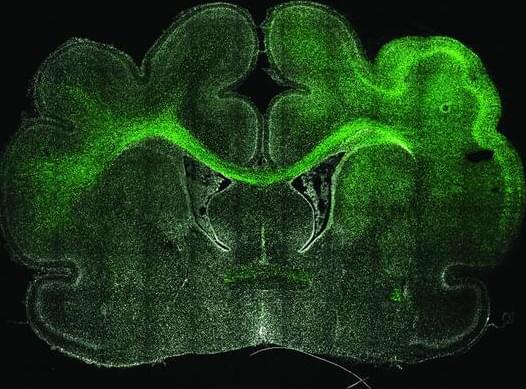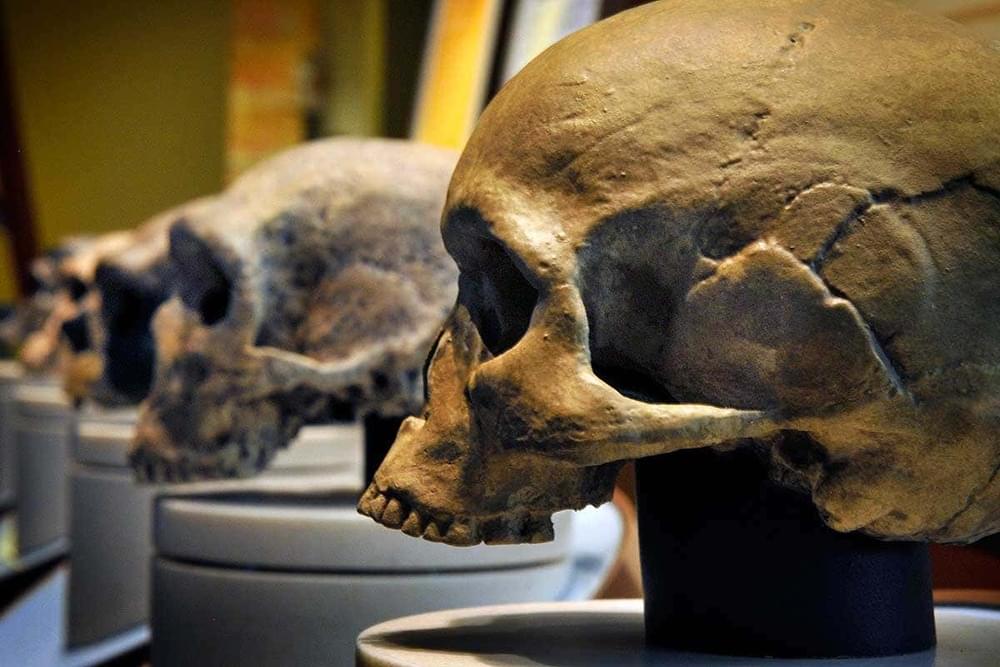Aiming to become the world’s largest operator of supersonic aircraft fleet, American Airlines (A1G) (AAL) has signed an agreement with Boom Supersonic for the purchase of what will be the world’s fastest commercial airliners.
American Airlines (A1G) (AAL) committed to purchasing up to 20 Boom Supersonic Overture aircraft with an option for an additional 40 jets, it announced on August 16, 2022. Showing its intent, the Texas-based air carrier said it has already transferred a non-refundable payment to the manufacturer for first 20 planes. However, it did not specify the worth of the recent deal.
According to the terms of the deal, the manufacturer must meet industry-standard operating, performance, and safety requirements, as well as other American Airlines’ (A1G) (AAL) requirements, before any Overture jets are delivered to the airline.








